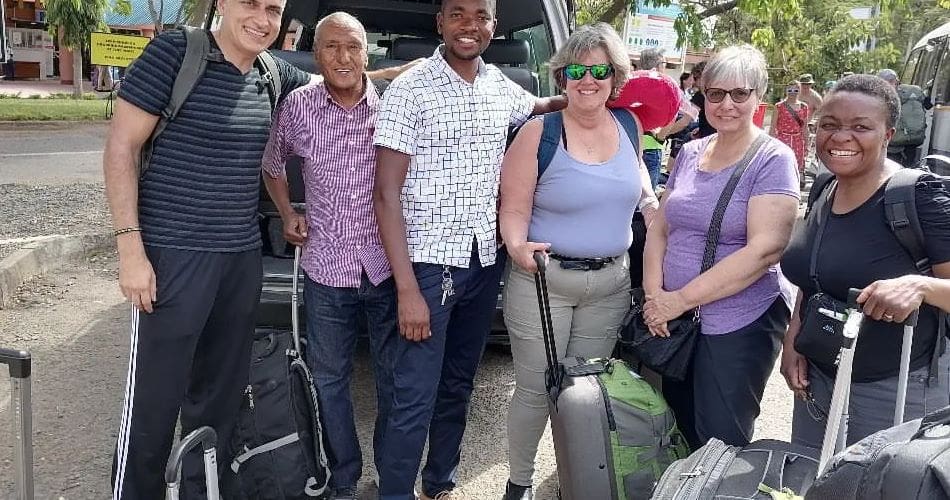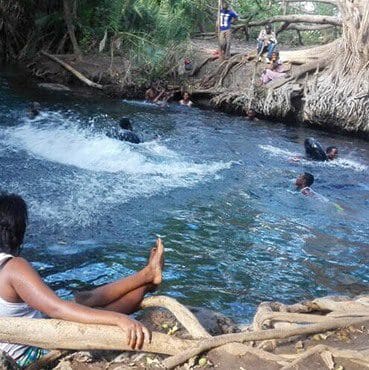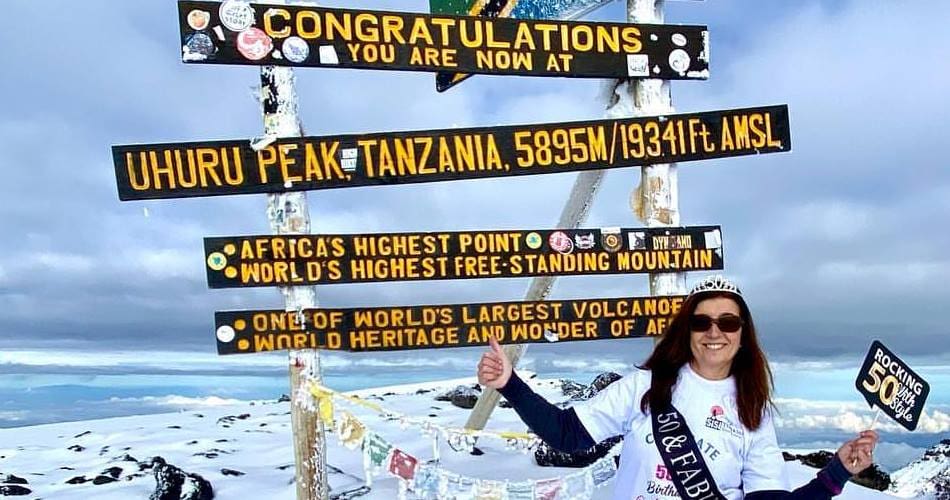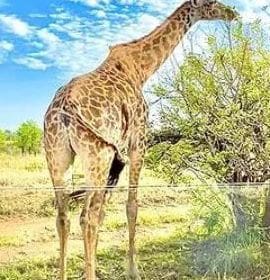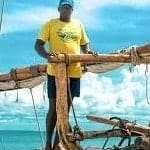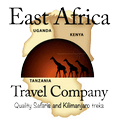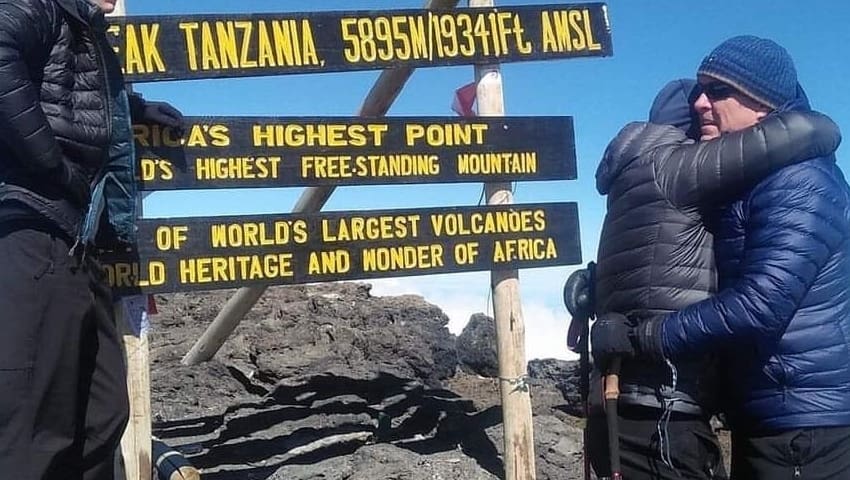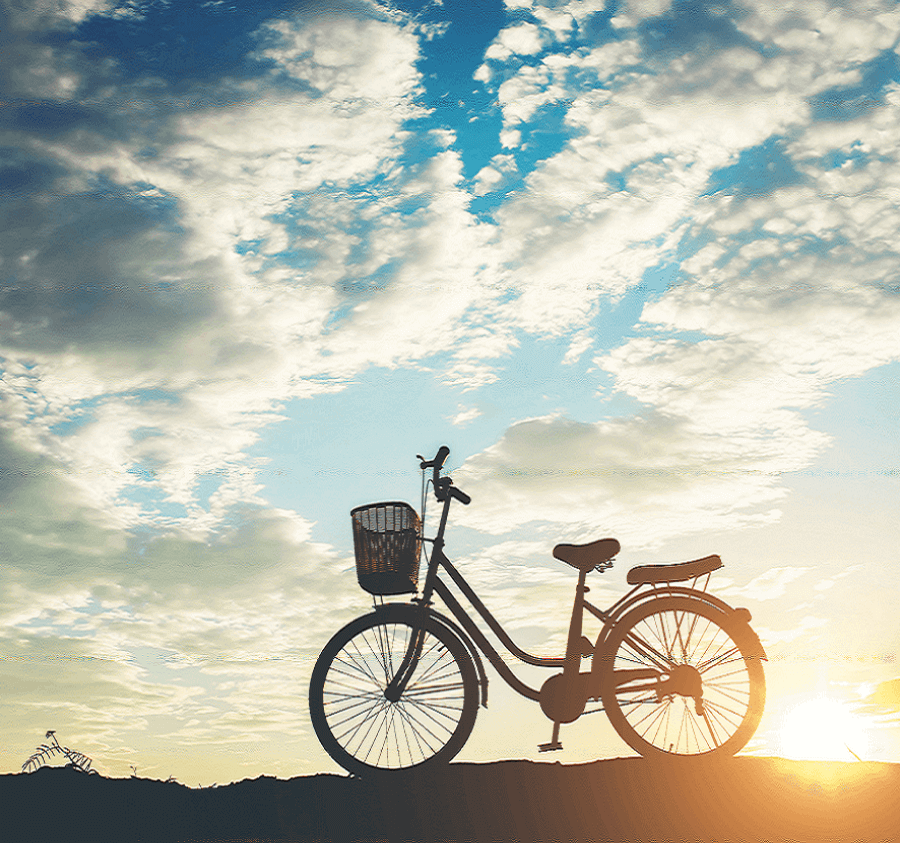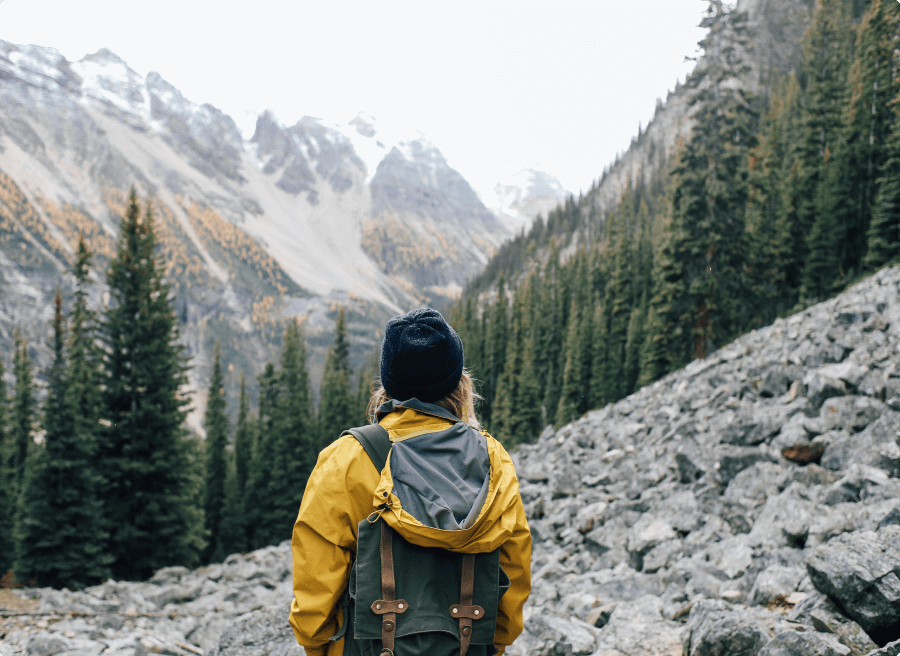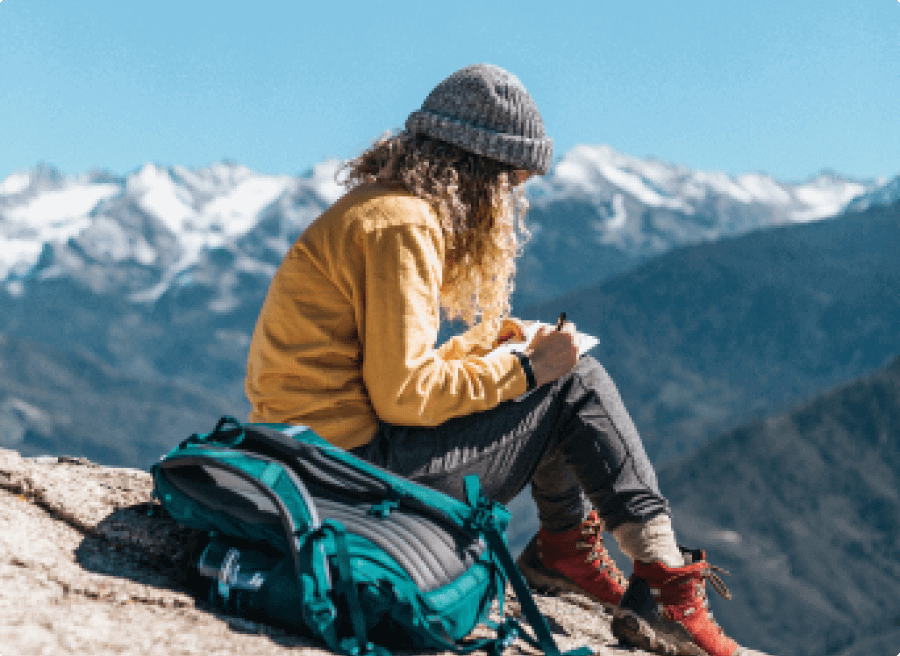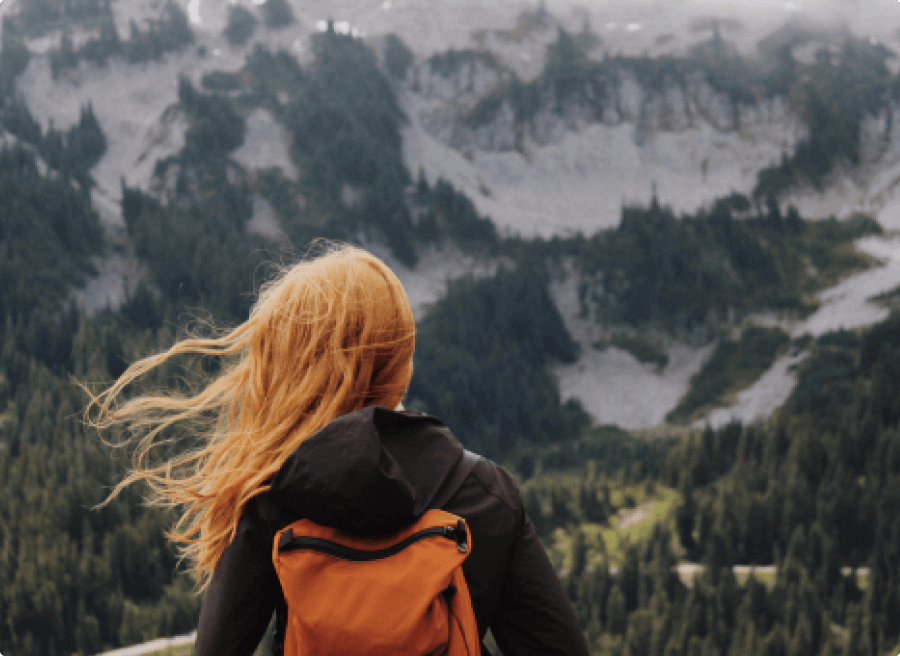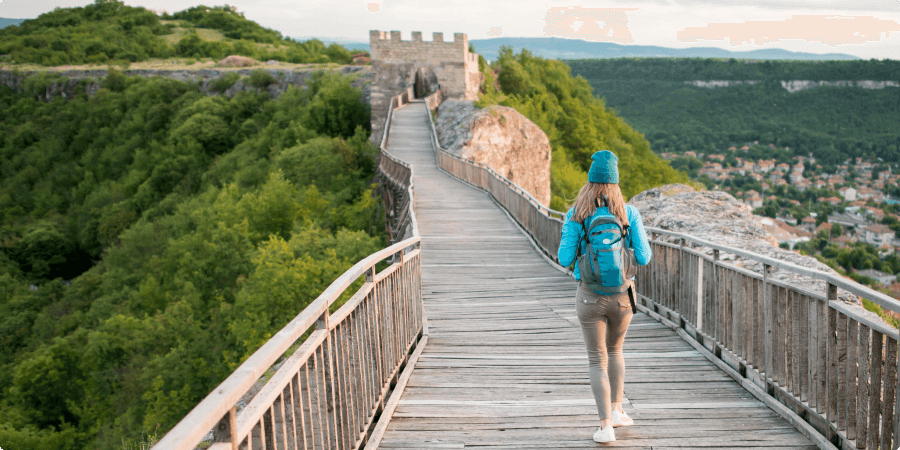Kilimanjaro packing list with 15 must-have essentials for a successful climb. Stay warm, safe, and prepared for every challenge on your adventure!
Kilimanjaro packing list
Certainly! Here is a Kilimanjaro packing list specifically tailored for your trek with East Africa Travel Company:
Clothing:
- Thermal Base Layers: 1 set of thermal base layers, preferably made of merino wool.
- Trekking Shirts: 3-4 moisture-wicking short-sleeved shirts for lower elevations.
- Long-Sleeved Shirts: 2-3 light or medium-weight long-sleeved shirts for additional layering.
- Insulating Layers: 1 insulated trekking pant, 1 Polartec fleece jacket, 1 insulated winter jacket.
- Hard Shell Jacket: 1 waterproof and windproof hardshell jacket made of Goretex or similar material.
Footwear:
- Walking Boots: Mid-weight walking boots with good ankle support.
- Camp Shoes: A pair of comfortable training shoes or sandals for wearing around the camp after trekking.
Headwear:
- Warm Beanie-Style Hat: Choose a knitted or fleeced hat for warmth.
- Sun Hat: A hat with a wide brim for sun protection.
- Headlamp: A headlamp with good light output for late-night activities and summit night.
- Sunglasses: High UV protection sunglasses suitable for high altitudes.
Hands and Feet:
- Warm Gloves or Mittens: Heavyweight, insulated gloves for cold nights and summit push.
- Lightweight Gloves: Fleece or quick-drying fabric gloves for lower slopes.
- Socks: 3-4 pairs of trekking socks, 2-3 pairs of liner socks, and 1 pair of thick thermal socks for summit night.
- Garters: To keep trousers clean in wet, muddy, or dusty conditions.
Other Essentials:
- Plug Adapter: To charge your devices in Tanzania (type D / G sockets).
- Personal Medications: Bring an ample supply of any necessary medications.
- Personal Hygiene Products: Toothbrush, toothpaste, biodegradable soap, etc.
- Travel Documents: Passport, travel insurance documents, visas, and permits.
- Cash and Payment Methods: Carry local currency (Tanzanian shillings) and a credit or debit card.
- Snacks and Energy Bars: Lightweight and non-perishable snacks for quick nourishment.
Remember to consult with East Africa Travel Company for any specific requirements or recommendations they may have. They can provide further guidance based on their experience and the specific details of your Kilimanjaro trek.
Sure, here is a breakdown of the Kilimanjaro packing list for your trek:
Clothing:
- Top Base Layer
- Bottom Base Layer
- 4-5 Pairs of Underwear
- 3-4 Short Sleeve Shirts
- 1 Insulated Trekking Pants
- 1-2 Long Sleeve Hiking Shirts
- 1-2 Pairs of Hiking Trousers
- 1 Insulated Winter Jacket
- 1 Polartec Fleece Jacket
- 1 Hard Shell Jacket
Basic Equipment:
- 3-liter Water Bladder/Bottle (or 2 x 1.5-liter wide-mouth Nalgene bottles, or 2 liters platypus + 1-liter water bottle)
- Neck Gaiter or Bandana (to protect against dust)
- Sleeping bag and Compression Sack (4-season or -20°C rating)
- Trekking Poles (adjustable ones, recommended brand: Black Diamond)
- Waterproof Duffle Bag (80-90L) or Larger Rucksack (>65L) to carry main gear (porters will carry up to 15kg)
- Daypack (at least 30-40L, recommended brand: Osprey)
Other important items to consider:
- Hiking boots (broken-in and comfortable)
- Socks (moisture-wicking and cushioned)
- Hat or Cap (to protect against the sun)
- Gloves (insulated and waterproof)
- Sunglasses (with UV protection)
- Headlamp (with extra batteries)
- Snacks and Energy Bars
- Water Purification Tablets or Filter
- Sunscreen (SPF 30+)
- Lip Balm (with SPF)
- First Aid Kit (including blister treatment, pain relievers, and any necessary medications)
- Toiletries (toothbrush, toothpaste, biodegradable soap, etc.)
- Quick-dry Towel
- Insect Repellent
- Personal Identification and Travel Documents
- Cash (for tips and personal expenses)
- Camera or Smartphone (for capturing amazing views)
Remember to check the weather forecast and pack accordingly, considering the varying climate zones and weather conditions on Kilimanjaro. It’s also a good idea to consult with your trekking company or guide for any specific recommendations or additional items they may suggest for your climb.






Certainly! Here are the head-related items to include in your Kilimanjaro packing list:
- Warm Beanie-Style Hat: Choose a knitted or fleeced hat for extra warmth. Brands like North Face, Berghaus, and Columbia offer good options for outdoor beanies.
- Sun Hat: If you prefer not to wear a neck gaiter, opt for a hat with a wide brim to provide protection from the sun.
- Headlamp: You will need a headlamp with good light output, especially for late-night toilet runs and summit nights. Petzl is a reputable brand known for producing reliable and affordable headlamps.
- Sunglasses: If you will be trekking above 4,500m, it’s crucial to wear sunglasses with high UV protection. Julbo is a recommended brand for mountain sunglasses, but any brand offering adequate UV protection will suffice.
Ensure that your headwear provides both warmth and protection from the elements, such as the sun and cold temperatures, to enhance your comfort and safety during the climb.




Here are the recommended items for your hands and feet in your Kilimanjaro packing list:
Hands:
- Warm Gloves or Mittens: Choose heavyweight, insulated gloves that are water-resistant for cold nights and the summit push. The North Face and Black Diamond are recommended brands.
- Lightweight Gloves: For the lower slopes, opt for lightweight, fleece, or quick-drying fabric gloves. Brands like Berghaus and The North Face offer great options.
Feet:
- Walking Boots: Select mid-weight walking boots with good ankle support. Recommended brands include Salomon, Scarpa, Hi-Tec, and Merrell.
- Training Shoes or Sandals: Bring a pair of comfortable training shoes or sandals to wear around the camp after a day of trekking.
Socks:
- Outer Socks: Pack 3-4 pairs of outer socks that are suitable for trekking. Look for moisture-wicking and cushioned socks. Brands like Bridgedale and Smartwool offer good trekking sock options.
- Liner Socks: Include 2-3 pairs of liner socks, which can help reduce friction and prevent blisters.
- Thick Thermal Socks: Bring 1 pair of thick thermal socks specifically for summit night. Merino wool is an excellent material choice for warmth.
Additional:
- Garters: Consider bringing garters to keep your trousers clean in wet, muddy, or dusty conditions.
By ensuring you have appropriate gloves, boots, socks, and garters, you’ll be better prepared to tackle different weather conditions and maintain the comfort and safety of your hands and feet during your Kilimanjaro trek.






Here is the Kilimanjaro packing list for the upper body:
Thermal Base Layer: Pack one thermal base layer, preferably made of merino wool. Icebreaker is a recommended brand for high-quality Merino wool base layers.
Short-Sleeved Shirts: Bring two super-lightweight, moisture-wicking shirts for warmer conditions. Brands like Icebreaker, Under Armour, Columbia, and Berghaus offer good options for trekking shirts.
Long-Sleeve Shirts: Choose two light or medium-weight, moisture-wicking long-sleeve shirts for additional layering. Brands like Under Armour, Icebreaker, and Berghaus provide breathable trekking shirts suitable for the climb.
Mid-weight Polartec Fleece Jacket: An ideal choice for climbing Kilimanjaro, a mid-weight Polartec fleece jacket provides insulation. Look for jackets from The North Face, Berghaus, Helly Hansen, or other reputable brands.
Insulated Jacket: For cold nights and the summit push, bring an insulated jacket such as a down or Primaloft jacket. Recommended brands include The North Face, Rab, Arc’Teryx, and Mountain Hardwear.
Hardshell Outer Jacket: It’s essential to have a water- and windproof hardshell outer jacket to protect against the elements. Look for jackets made with Goretex material. Recommended brands include The North Face, Arc’teryx, Berghaus, and Mountain Hardwear.
By packing the appropriate upper body clothing layers, including base layers, shirts, fleece jackets, insulated jackets, and hardshell outer jackets, you’ll be prepared for various temperature conditions during your Kilimanjaro climb.





Here is the Kilimanjaro packing list for the legs:
- Leggings: Pack thermal or fleece leggings as bottom layers for your legs. Opt for Merino wool leggings, preferably from brands like Icebreaker, for their warmth and moisture-wicking properties.
- Trekking Trousers: Include one pair of light or medium-weight trekking trousers. Convertible trousers are a convenient option. Recommended brands for trekking trousers include Craghoppers and Columbia.
- Hardshell Trousers: It’s important to have a pair of waterproof and windproof hardshell trousers to protect yourself from the elements. Look for trousers made with Goretex material for optimal performance. Brands like The North Face, Patagonia, and Arc’Teryx offer reliable outerwear options.
By packing thermal or fleece leggings, trekking trousers, and hardshell trousers, you’ll be equipped with appropriate legwear for various weather conditions and terrains during your Kilimanjaro trek.



Here are some additional items to include in your Kilimanjaro packing list:
- Plug Adapter: Since Tanzania’s standard voltage is 230V and the frequency is 50Hz, you’ll need a plug adapter for your electronic devices. The power sockets in Tanzania are usually type D or G. Make sure to charge your devices in hotels before and after the trek using the appropriate plug adapter.
- Personal Medications: If you have any specific medications that you regularly take, make sure to pack an ample supply for the duration of your trek. It’s also a good idea to carry them in your carry-on bag in case your checked luggage gets delayed or misplaced.
- Personal Hygiene Products: Pack your toothbrush, toothpaste, biodegradable soap, and any other personal hygiene items you might need. Consider using travel-sized containers or purchasing travel-sized versions of these products to minimize weight and space in your luggage.
- Travel Documents: Don’t forget to bring your passport, travel insurance documents, and any necessary visas or permits for entering Tanzania. Keep these important documents in a secure and easily accessible place throughout your journey.
- Cash and Payment Methods: It’s advisable to carry some cash in the local currency (Tanzanian shillings) for small expenses, tips, or emergencies. Additionally, consider bringing a credit or debit card that can be used internationally, as it can be useful for larger expenses or unexpected circumstances.
- Snacks and Energy Bars: Having some lightweight and non-perishable snacks, such as energy bars or trail mix, can provide you with quick and convenient nourishment during the trek. This is especially helpful during long hiking days or when you need an extra boost of energy.
Remember to check the specific requirements and recommendations provided by your trekking company or guide, as they may have additional suggestions or considerations based on their expertise and the specific route you will be taking.

